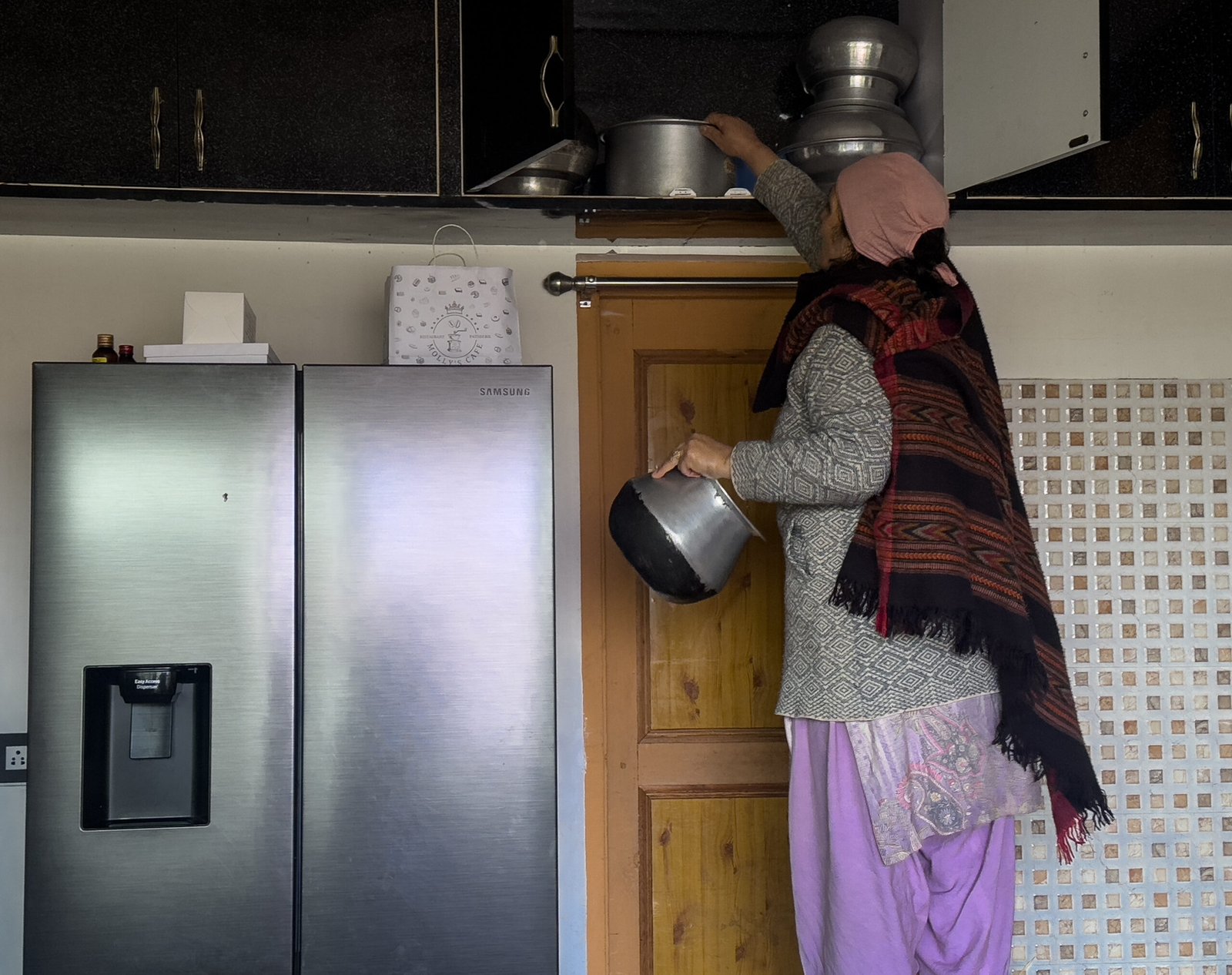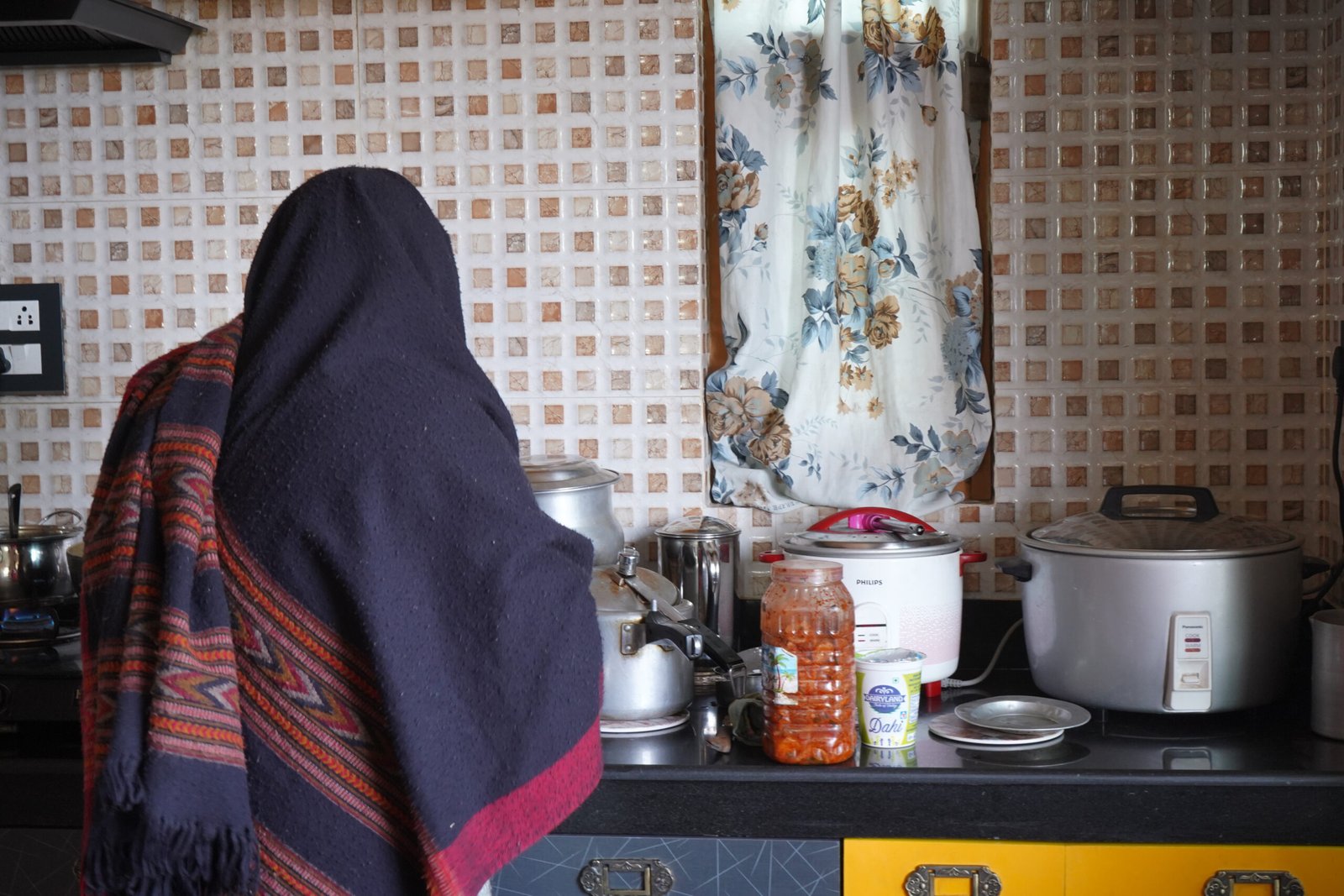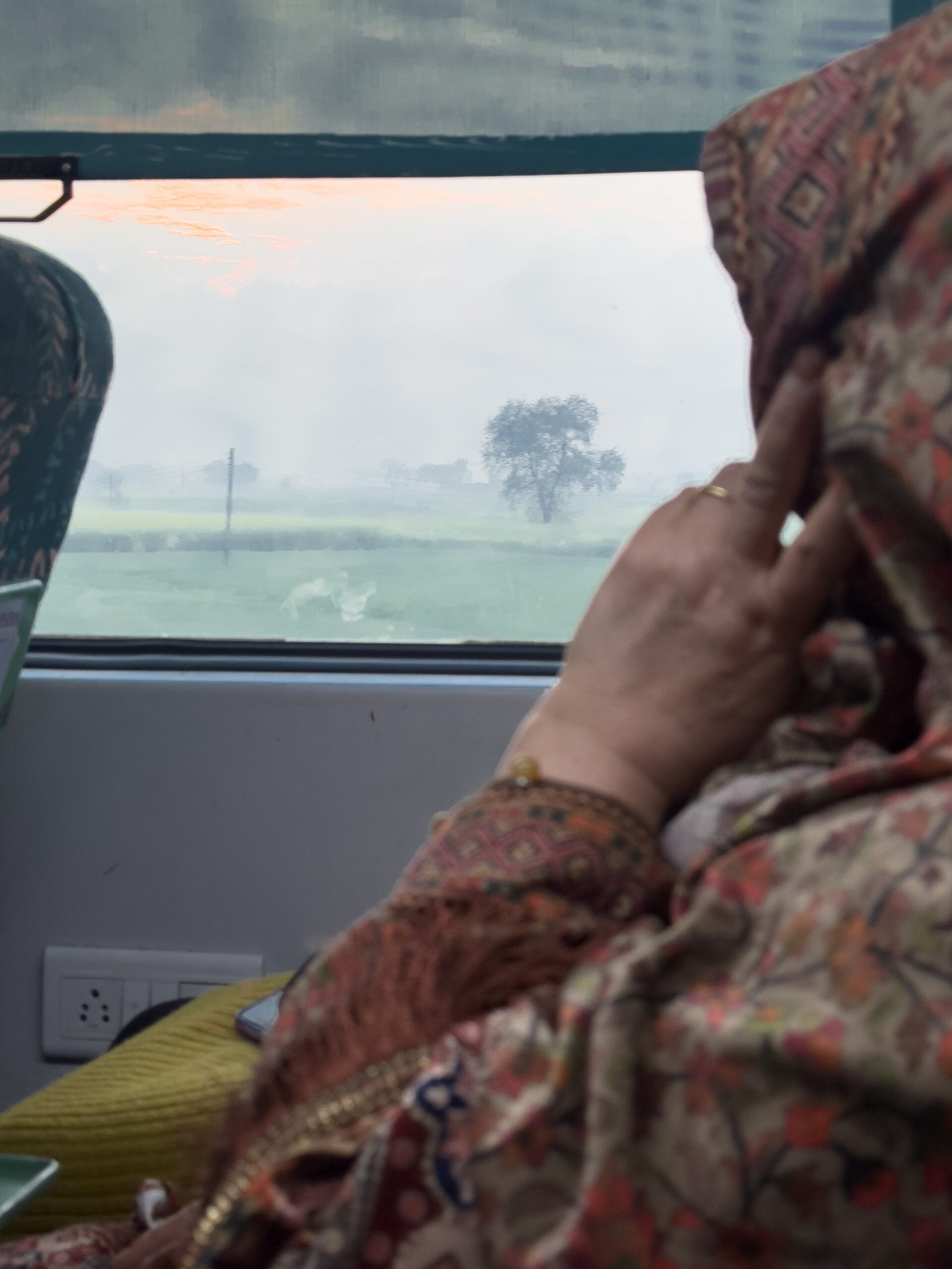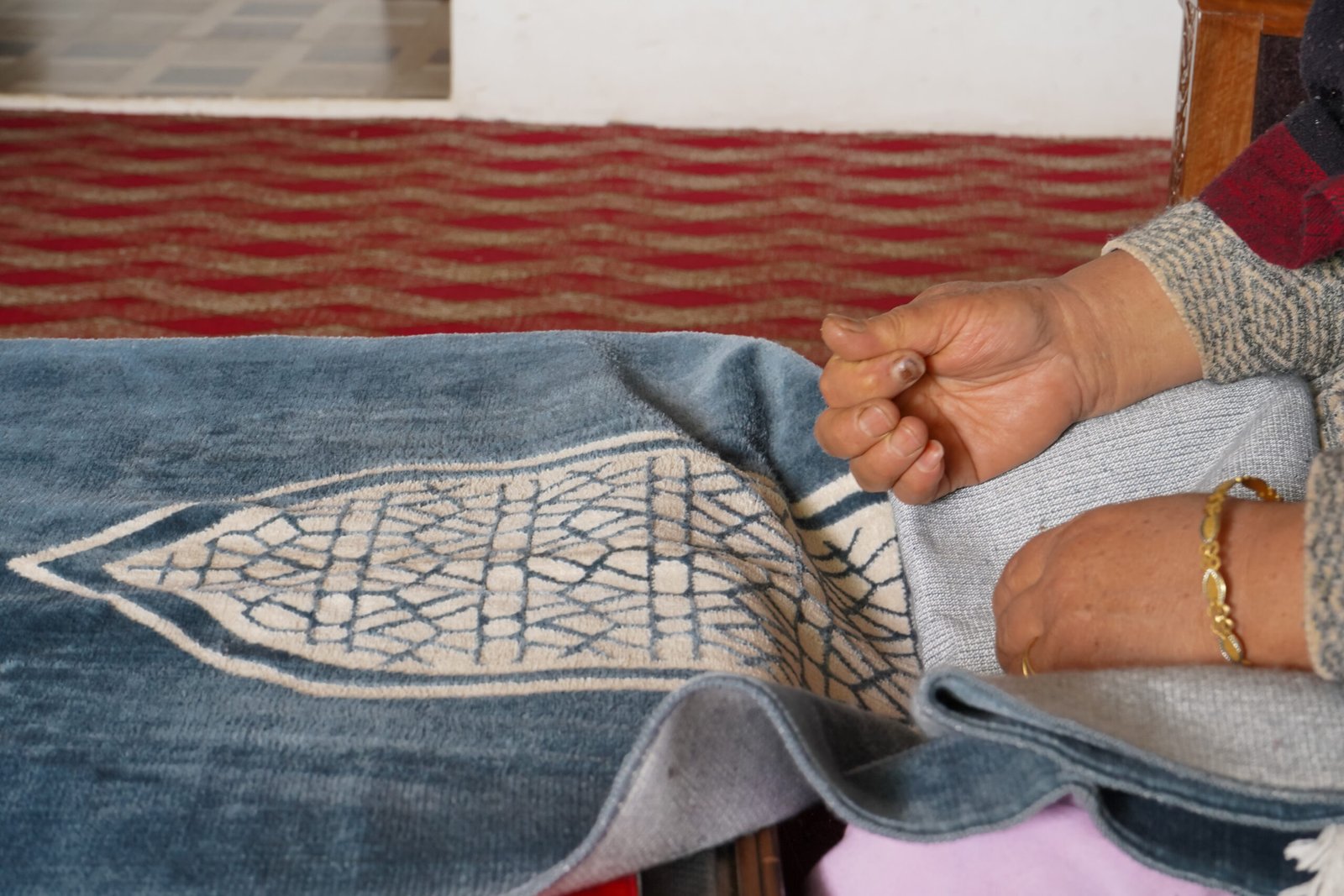The picture of a standing mother in a kitchen is ubiquitous. From dawn till beyond dusk. I have always observed my mother, managing the household chores. I have heard stories of Ami before she got married as well, the way she used to take care of her joint family, like her mother.

There is a famous story which is narrated during our family gathering. This one time Ami had gone with other women from the village to collect wood fire from the forest. While she was away, my maternal aunt came to see her. She gave me chicken pieces and told me to keep them for Ami. When Ami returned home, I proudly presented it to her, leaving other family members shocked. They could not comprehend how a five year old kept the fried chicken hidden from everybody.
I don’t have a memory or even a blurred image of that event. I did not know why I did that, however, I have made an assumption after observing the mother-child relationships.
Children notice their mothers working hard, and they want to offer help in their own tender ways. They try to communicate this through non-verbal cues. My cousin used to share how her child forced her to breastfeed him alone in their room. That moment with the son gave her time to lie down and rest for a while. Her second son turned more rebellious and questioned the family as to why her mother was working all day without anybody offering support. They are little allies.

Years after shifting to Srinagar, technology made inroads into our home to aid my mother. I don’t remember what came first, a refrigerator or a washing machine. However, my mother never trusted the washing power of a machine. Her hands had a super-power to rub off dirt from the collar and cuffs. The machine merely did a job of rinsing. She taught us the same method.
The mixer grinder came much earlier. “Mixer is not good for making chutney,” she would say while pounding her favourite radish-walnut chutney in her stone pastel. “Chutney gets a watery texture when prepared in a mixer”. I believe her and her knowledge of Kashmiri chutneys. For her, tomatoes didn’t taste good in the mixer.
Vacuum cleaners did no justice in aiding the cleaning process. She found the broom was more useful on carpets, and carrying a vacuum cleaner from one room to another became hectic.
While in school, the vocabulary had shifted for everybody around me. “Nothing, my mother does housework” became “She is a homemaker”. It carried a sense of pride and erasure of the guilt of devaluing the work our mothers did. Now, it has become difficult to describe in words the amount of work a ‘homemaker’ does. While all this labour remains unpaid as well. As a teen, I noticed Ami resisting this unpaid nature by saving money from grocery shopping. I have helped her in counting that money.
Gradually, electric rice cookers became an inevitable part of every household in Kashmir. However, the electricity woes and freezing cold winter demanded extra manual work. After the electricity cut, Ami would shift uncooked rice on the gas stove. The rice cooker would be wrapped with a layer of old pheran and a blanket to keep the rice inside warm.

When she finally stretched her legs and took some rest, somebody would point out why she looked tired. “Food doesn’t cook on its own unless I stand and stir it. One has to be fully present for all kinds of work at home, and it is a mental labour too. Machines don’t work on their own”.
Some women might resonate with Ami. The kitchen appliances, even with smart technology, at our homes need a human to function. And advertisements showcasing kitchen appliances tell us that this human must be a woman.
Arundhati Roy speaks about a militant laugh and resistance, Ami has that militant laugh, and an infectious energy even when she appears visibly tired. Her morning ritual includes putting her favourite surma on her eyelids to look effortlessly fresh. At the end, she remarks, “Do I look awake now?” Yes, she does but who can guess the amount of physical labour she hides behind the laugh and kohled eyes.

Apart from all the labour she puts in, family members reminisce about her youth. She used to put up special acting performances during weddings. People still request her to re-enact them. She enjoys dancing and singing. She makes sure she attends the mehendi functions. She is less bothered about the wedding food. “I prepare food myself and have no desire to have wazwan, but mehendi night is for fun”, she often says when invited only for the reception day.
In September, one of my cousins remarked how their family was quiet until my mother showed up at their door post-dinner. “There is a wedding at your home the day after tomorrow and why is nobody singing?”, she asked them. All of them stayed up and sang together the whole night. She doesn’t mind initiating such activities for fun.
Now, at this age, Ami has slowly embraced a lot of appliances for her comfort. Before I could engage with my mother on her relationship with technology, I was helping her in the X-ray room. An angry old doctor pointed out that her nerve in the pelvic region was compressed and suggested complete REST. She was withering in pain.

The peak insurgency period in Kashmir also left an impact on her after she lost her two young brothers. Everyday, since 1994, has been a resistance for her. Her militant laugh, fun, and kindness won the hearts of everybody.
“I have given service for more than forty years now. I think I need a dishwasher now, and another person to do chores”, she said while holding her left leg in pain.
In the X-ray room, she prayed. Her daily five prayers give her space to break from chores. She gets time to rest, and hum melodious prayers. She tires her hands by capturing pictures on her mobile. Now, YouTube has become a part of her day. She enjoys old Kashmiri music and spends a lot of time watching videos on rising domestic abuse in Kashmir. “Haye, haye!”, she would grieve. She would point out how a woman was killed by her in-laws recently, but upon checking the video, it turns out to be years old.



